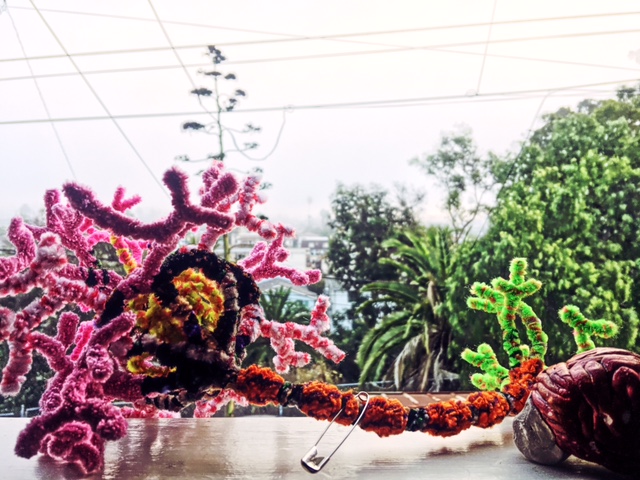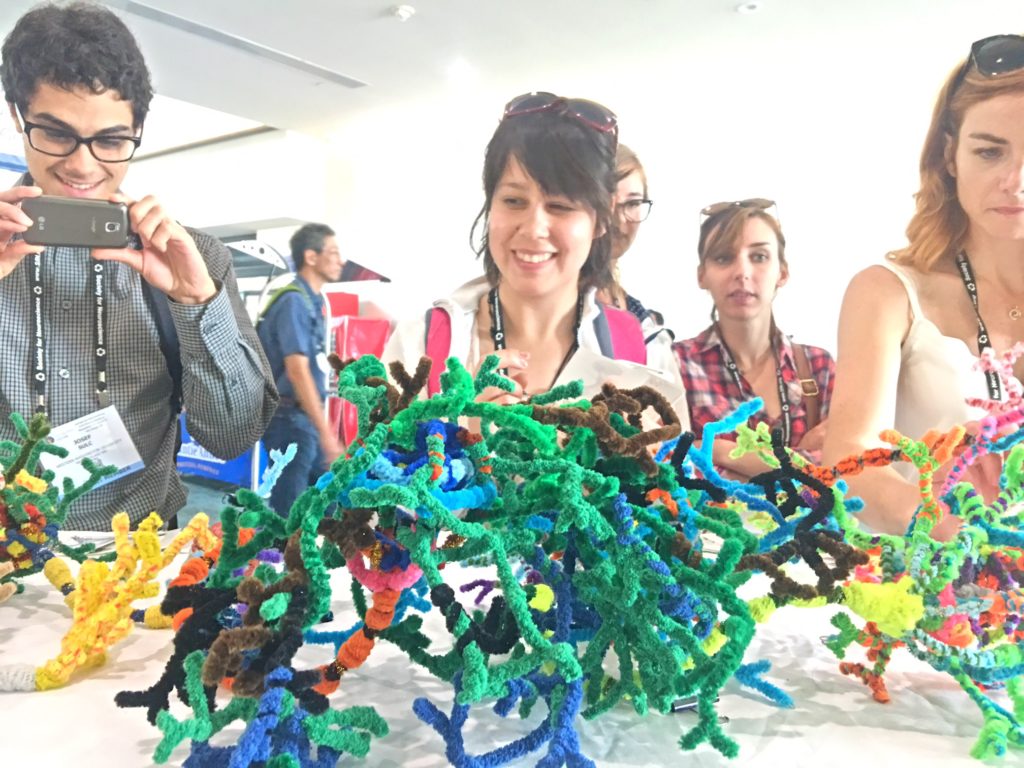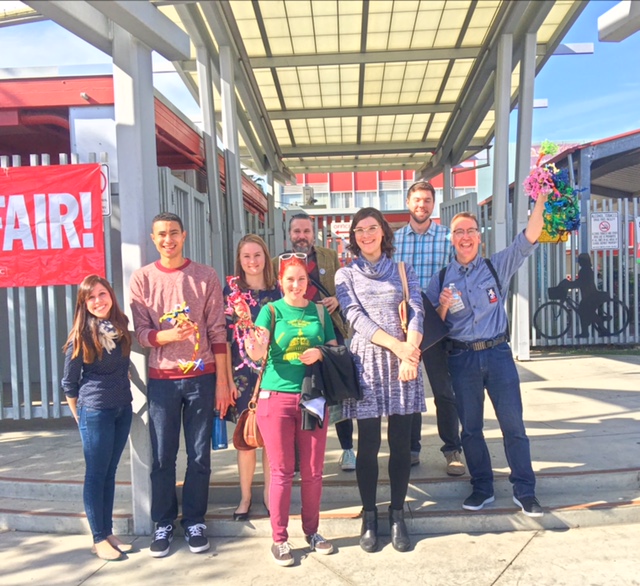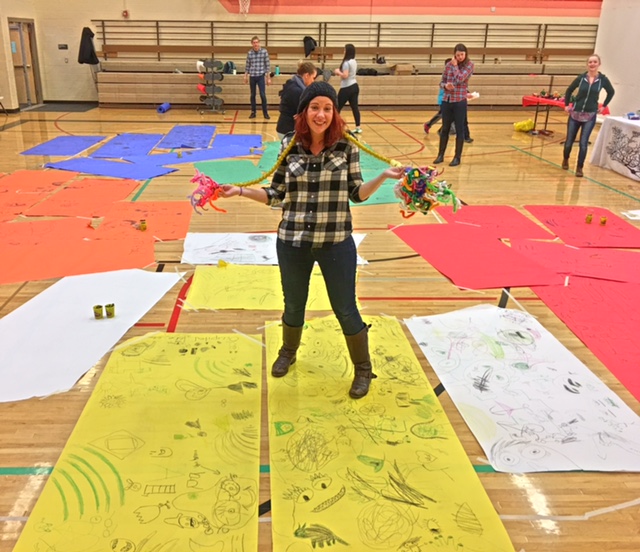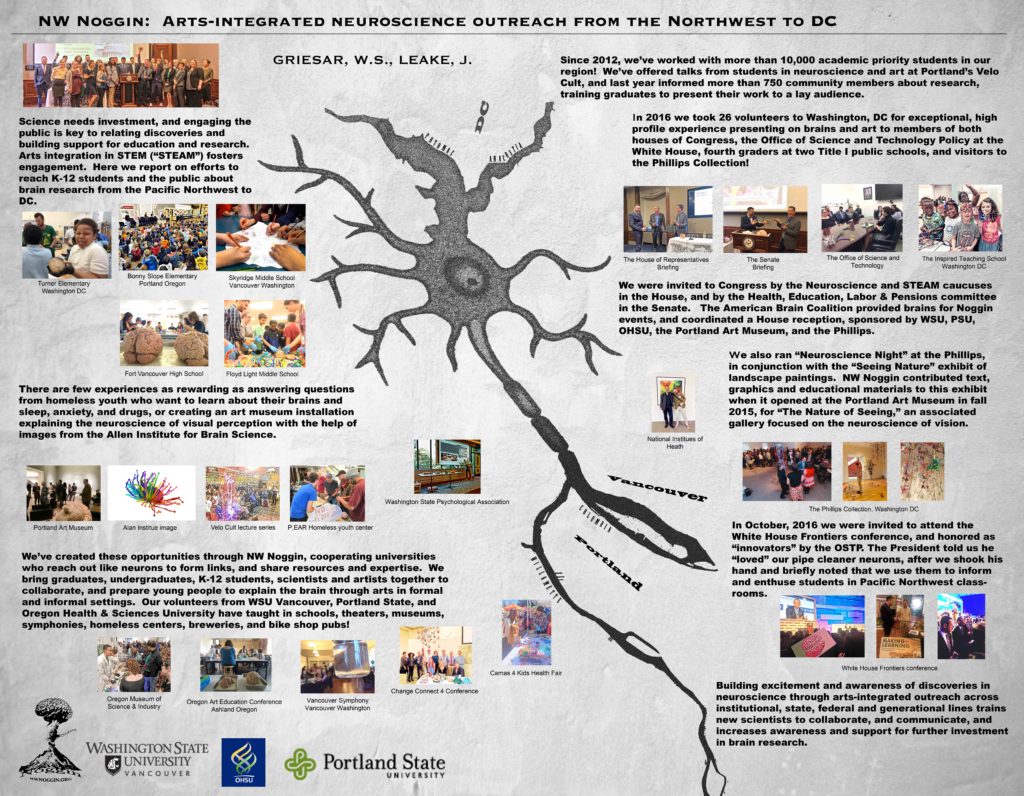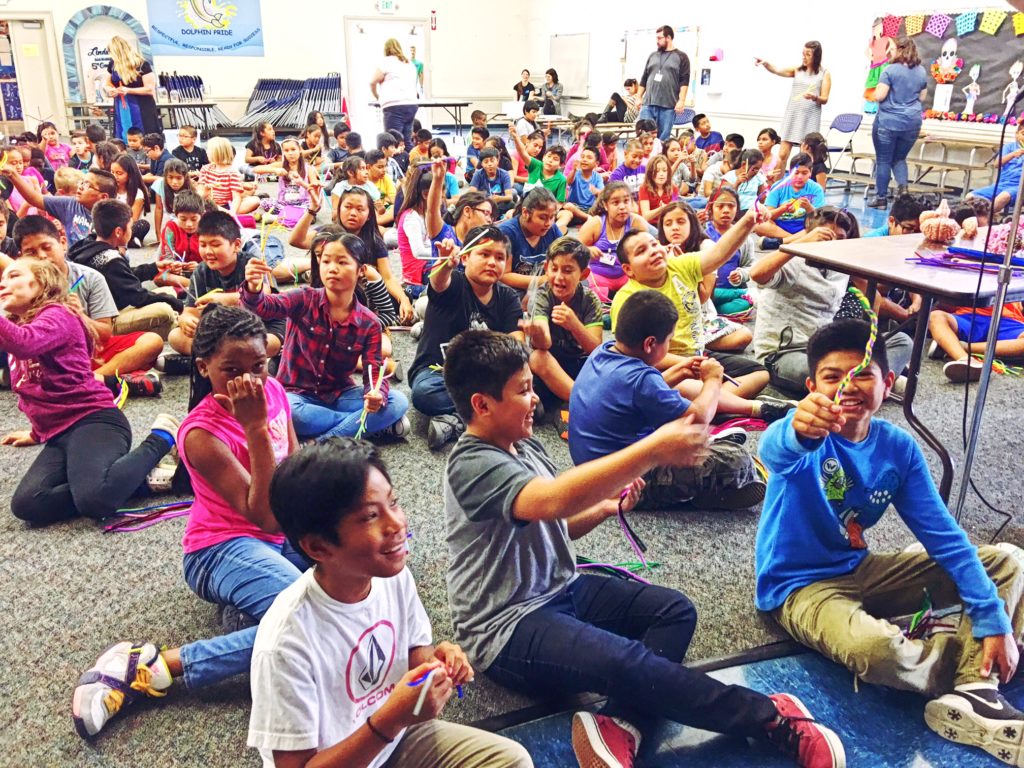By Allie Clark, Portland State University, Noggin Resource Council member for Instagram
I wish I could say that my first few moments at the 2016 annual meeting of the Society for Neuroscience were bright and rosy, but I’m going to be honest: I walked in and got hit with the biggest wave of impostor syndrome ever. “I’m just an undergrad,” I thought. “I don’t belong here, and they’re all going to figure it out.”
LEARN MORE: Impostor Syndrome: No You Are Not a Fraud
You have to realize that the San Diego Convention Center is huge, and it was packed. In that moment, it was a cathedral of science, and I was just one person in a sea of 30,000 neuroscientists. It was dizzying, and there I was, just an undergraduate student, with no talk to give or poster to present, staring mouth agape and eyes wide at the vast expanses filled with incredibly smart, incredibly accomplished people.
After a moment, I took a few breaths and told myself that every undergrad attending the conference felt the exact same way when they walked in the door – and probably a lot of graduate students too. I reminded myself once again that everyone has to start somewhere, apologized profusely to all the people who were trying to get around me while I blocked the door, and went off to find my badge.
My first day was a blur. I looked at a few posters, chatted with presenters, and then headed to the Noggin booth that became my home base during the conference. There I got back to the familiar work of talking to passersby about the work that Noggin does.
The pipe cleaner neurons on our table ended up being big draw, and dozens of researchers tried to buy them. (At Bill’s urging, I ended up making several pipe cleaners on commission over the next few days, eventually netting $70 and some jewelry!).
Tabling with Noggin – and later, teaching – helped me get my bearings. It reminded me that I was there for a reason, and that while there are many, many things I don’t know in the neuroscience world, there is something I do know: I know how to teach.
After a dizzying first day, I headed to my hotel to crash and meet the roommates I’d found on SfN’s roommate matching forum. One is a professor at Northwestern University, and the other is a postdoc at the NIH. Both, to my relief, are incredibly friendly and not at all intimidating. Instead, they followed the trend that I’ve seen with other senior scientists. They were very interested in finding out what I wanted to study, asking how I planned to reach my goals, offering advice and insights on the life of a working scientist, and seeing how they could help me advance my career. It was fascinating to talk with two women who are doing incredible work about why they chose their topics, how they approach their research problems, and what excites them about neuroscience.
I had similar conversations with many conference attendees, and ended up exchanging contact information and connecting on LinkedIn with several. Contrary to what I had once thought, they weren’t annoyed by my lack of knowledge; instead, they encouraged my curiosity and urged me to contact them again as my career develops. Neuroscientists, it seems, are people too – and very nice people at that.
Over the next few days, I began to explore. I went to a symposium and understood three out of 10 words, so I left and found another one where I understood nine out of 10. I wandered through the vendor stalls, collecting swag and asking vendors to explain their technology to me. I picked up several free guides to Western blotting, over 20 free issues of top-tier journals, and more pens and tote bags than I will ever need. I went to poster sessions, asked the presenters to walk me through their work, and at times grilled them on the way they controlled for certain variables in their studies.
As the conference went on, I learned many things. Some were very specific: I learned about how the microbiome of a mother can affect the microbiome – and behavior – of her offspring, how kappa receptors might help regulate mood in bipolar disorder, and how a rat’s whisker system is the only somatosensory system we can completely quantify. Others were more broad: I learned to strike up conversations with presenters. I learned to ask questions without embarrassment. I learned to dive in.
I also taught! Noggin had arranged outreach visits to two San Diego Public Schools, and I spent one amazing sunny day with about 300 curious 4th and 5th graders at Jefferson and Linda Vista Elementary, and also grad students from OHSU, PSU, WSUV, Carnegie Mellon, and UCSD, all of us making neurons and talking brains.
LEARN MORE: Cortical Connections in San Diego Schools!
Most importantly, I learned that I’m not “just an undergrad.” I’m an undergrad who has the drive and curiosity to approach other attendees and ask them to teach me. I’m an undergrad who teaches well, using methods that established professors now plan to adopt. I’m an undergrad who convincingly advocates for integrating art into science education.
You see, there is no such thing as “just an undergrad.” Instead, there is a community of passionate people with one common goal: to stand on the shoulders of giants and pick the fruit of knowledge to share with the world. And every undergrad belongs here.





